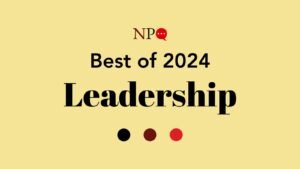October 15, 2011; Source: The Oregonian | As communities and nonprofits in Oregon suffer through budget cuts and government reorganizations, at least they should have clear information about what to expect. According to an investigation by The Oregonian, the state has significantly increased its communications budgets during the economic downturn. To some extent, increased spending on communications may reflect the nature of increased challenges for state government, increased reliance on complex partnerships to achieve outcomes, and increased use of social media to reach residents more inclusively. However, how much is the right amount to spend, given scarce resources and budget shortfalls?
That’s one of the questions being probed as part of a review of government operations by Michael Jordan, the state’s COO under Governor John Kitzhaber. The information on spending related to “messaging”, ironically, is especially hard to compile, according to the Oregonian, because it’s not specifically tracked. And, as Jordan says, that’s “a hell of a bad way to run a railroad.”
By one indicator, namely the number of “public information specialists” on the state payroll, Oregon has increased its staff in this arena by 32 percent since 2006. Together with their managers and designers, they now account for $13.5 million in state payroll annually. By another measure, the state spends a significant amount of money on outside consulting for advertising, communications and outreach assistance: nine agencies surveyed by the Oregonian spent at least $20 million on such consultants in the past year.
Sign up for our free newsletters
Subscribe to NPQ's newsletters to have our top stories delivered directly to your inbox.
By signing up, you agree to our privacy policy and terms of use, and to receive messages from NPQ and our partners.
These numbers aren’t enormous in proportion to Oregon’s population. The estimated expense for staff and consultants together, based on the above amounts, is less than $9.00 per state resident per year. However, are these costs higher or lower than they should be? Who knows? And, if some of the messaging goes beyond neutral information to include careful calibration and “deliberate spinning the message to promote state policy”, as the Oregonian report suggests, how does that affect what is deemed a reasonable budget?
Is this a trend? Is your state government spending more on communications? Do you see increased communication leading to better outcomes? Is this happening at the expense of other more worthy investments? Do you even have access to enough information to even know the answers?—Kathi Jaworski












